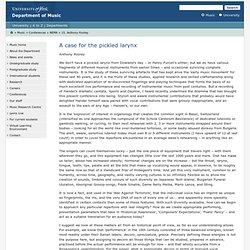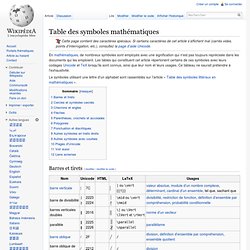

The_dimka: codex seraphinianus. In the late 70s italian architect, illustrator and industrial designer luigi serafini made a book, an encyclopedia of unknown, parallel world. it’s about 360-380 pages. it is written in an unknown language, using an unknown alphabet. it took him 30 month to complete that masterpiece that many might call “the strangest book on earth”. codex seraphinianus is divided to 11 chapters and two parts - first one is about nature and the second one is about people.btw five hundred years ago there was another book somewhat like that - voynich manuscript. take a look at some pages (click on image to see a bigger version) amazon sells those for 500 bucks or more you can read about it in wikipedia.i can’t even tell you how much i like stuff like that phat a?

Update 2 i ordered the book and it arrived. it is gigantic in size, thick and large. print, paper and binding quality is superb. they also insert a booklet - decodex, but it is in italian and i have not mastered that one yet. 15. Anthony Rooley - Music. Anthony Rooley We don’t have a pickled larynx from Dowland’s day – or Henry Purcell’s either; but we do have various fragments of different musical instruments from earlier times – and occasional surviving complete instruments.

It is the study of these surviving artefacts that has kept alive the ‘early music movement’ for these last 40 years, and it is the fruits of these studies, applied research and skilled craftsmanship along with dedicated application of re-discovered fingerings and playing techniques that forms the basis of so much excellent live performance and recording of instrumental music from past centuries. But a recording of Handel’s dramatic cantata, Apollo and Daphne, I heard recently underlined the dilemma that has brought this present conference into being.
The singers can count themselves lucky – just the one piece of equipment that travels light – with them wherever they go, and this equipment has changed little over the last 1000 years and more. Thought experiment. A thought experiment or Gedankenexperiment (from German) considers some hypothesis, theory,[1] or principle for the purpose of thinking through its consequences.

Given the structure of the experiment, it may or may not be possible to actually perform it, and, in the case that it is possible for it to be performed, there need be no intention of any kind to actually perform the experiment in question. The common goal of a thought experiment is to explore the potential consequences of the principle in question. Famous examples of thought experiments include Schrödinger's cat, illustrating quantum indeterminacy through the manipulation of a perfectly sealed environment and a tiny bit of radioactive substance, and Maxwell's demon, which attempts to demonstrate the ability of a hypothetical finite being to violate the second law of thermodynamics. Overview[edit] Salviati. Variety[edit] There are many different kinds of thought experiments. Origins and use of the literal term[edit] Table des symboles mathématiques. Un article de Wikipédia, l'encyclopédie libre.

Cette page contient des caractères spéciaux. Si certains caractères de cet article s’affichent mal (carrés vides, points d’interrogation, etc.), consultez la page d’aide Unicode. En mathématiques, de nombreux symboles sont employés avec une signification qui n'est pas toujours reprécisée dans les documents qui les emploient. Les tables qui constituent cet article répertorient certains de ces symboles avec leurs codages Unicode et TeX lorsqu'ils sont connus, ainsi que leur nom et leurs usages. Ce tableau ne saurait prétendre à l'exhaustivité. Le symboles utilisant une lettre d'un alphabet sont rassemblés sur l'article « Table des symboles littéraux en mathématiques ».
Barres et tirets[modifier | modifier le code] Category:Paradoxes.
Rhetoric. Philosophy & Epistemology. Quotes & Comebacks. Words.